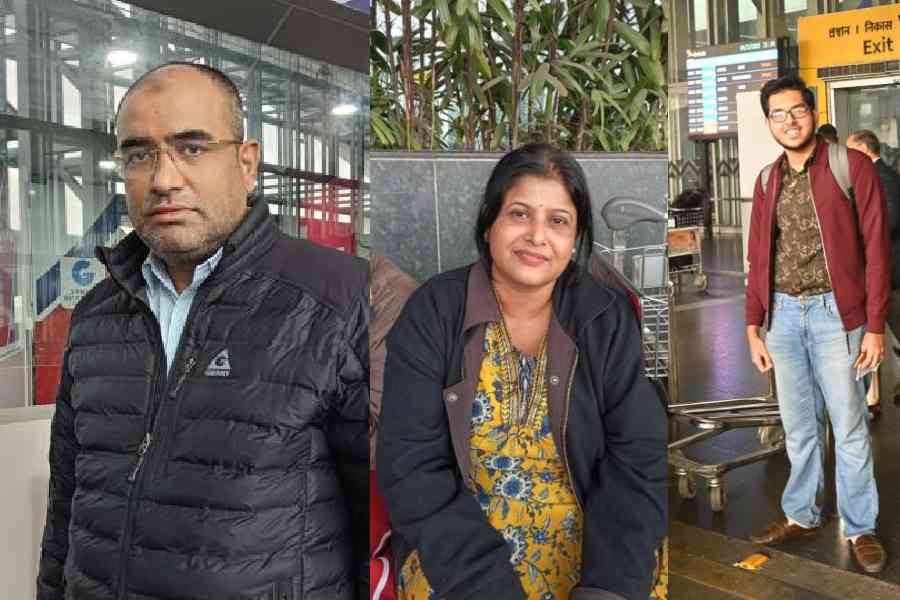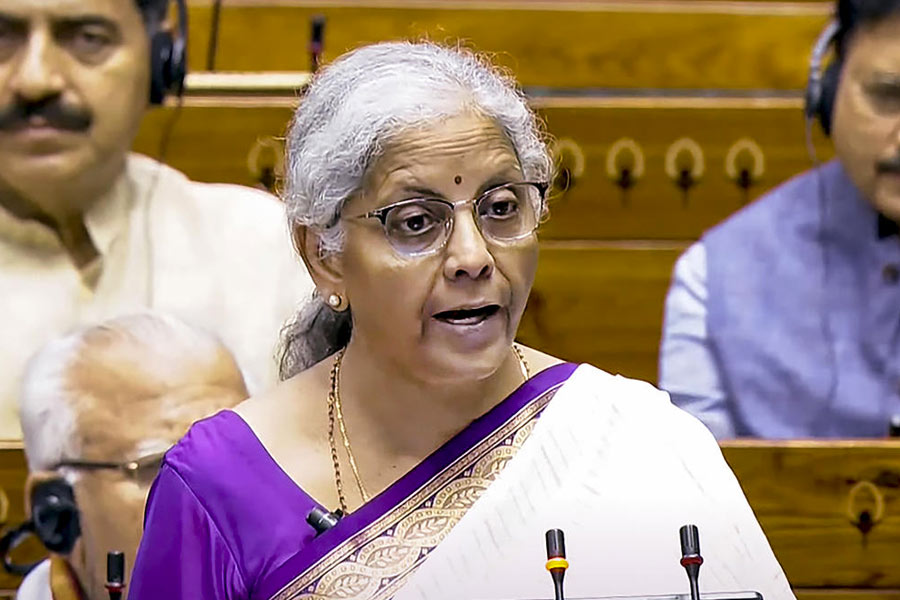 | Guest Column Ileana Citaristi |
The Paik villages are mostly found nowadays in the coastal and south districts of Orissa, like Cuttack, Puri, Dhenkanal, Khurda, Ganjam and Kalahandi.
In many villages of these districts, 60 to 70 per cent of the population belong to the Paik community. Their forefathers used to serve in the army of the local kings as foot soldiers till the advent of British domination in the beginning of 19th century.
Some of the older oustads in these villages still maintain an akhada or at least an open space where they train the young boys and practice the art starting from the festival of Dusshera every year.
The training and preliminary exercises are an interesting blend of different physical disciplines. Pranayana exercises for breath control and different yoga asana are practised along with a variety of ground exercises (danda) and acrobatic somersaults (suna). Some special exercises of isolation and activation of different muscles of the body are also part of the preliminary training.
Only at the end of this rigorous process, aiming at acquiring a complete control over the different parts of the body, the first chali-s (movements in different directions) are taught along with the handling of weapons and the technique of defence and attack.
Mock fights with swords and shields and intricate games played by duet, group and solo formations with long and short sticks, bamboo sticks, clubs and spears together with acrobatic feats form the main items of an open air performance by the members of the Paik community during the Dusshera festivities in Orissa.
The challenging cries, ferocious looks, sparks from the sharp blades of the swords and breathtaking somersaults contribute to create an impression of awe and heroic ethos. The rest of the community participate with cheers and applause and with shouts of incitement and instigation.
Nowadays the tradition is kept alive with great difficulty, due to poor conditions of living and lack of financial support and recognition. The descendants of the strong and fiery soldiers of the past, who used to cultivate their own lands and at the same time keep themselves physically fit with daily practice and exercises, are today skinny labourers with hardly anything to eat and cover themselves.
Still the art is being practised and taught to the younger generations and the tales of the heroic deeds of the past are remembered and passed on by the elders to the youngsters.
I am afraid little is known outside Orissa (and maybe among the young urban generation in Orissa itself) of the valorous deeds of the Paiks of Dhenkanal who, under the leadership of king Trilochana, fought bravely against the Maratha army in the year 1780. Or about the brave rebellions which the Paiks put up against the British invaders during the first half of the 19th century in Sambalpur under the leadership of Surendra Sai, in Ghumsar under the valorous leader Chakra Bisoi and in Khurda under the popular and inspiring figure of Buxi Jagabandhu.
These are just few examples to justify and understand why, in spite of all the odds and hardship of the present time, the ancient flame is not yet dead in the memory of the present Paiks.
Whatever remains of their art is important not only as a surviving tradition of a glorious past but also as a research material for tracing back the origin of other forms of dances and martial practices like the phari-khanda-khela (sword and shield play) and the chhau dances of the hilly areas of north Orissa (Mayurbhanji, Bonai, Nilgiri).
The process of transformation from the crude martial exercises of the Paiks to the codified and articulate grammar of the chhau dances has not yet been studied in a systematic way, with a methodology of research based on a comparative study of movements belonging to the various phases.
The fertile hilly tract of north Orissa, rich in tribal songs and dances, did not take long in assimilating these physical techniques into its local tunes and folk rhythms.
The active intervention and patronisation by members of the royal families of these states have been determinant in this process of assimilation; due to their active interest and support in fact, what was simply a series of exercises executed for body fitness, became an elaborate art of entertainment, with an articulate dance grammar, repertoire of items and musical accompaniment.
From the training and practice of the Paiks still existent in the villages of coastal Orissa, through the phari-khanda form as practised in Seraikhella, the paik and kathi nacha still alive in some areas of Bengal and the ruck-mar nacha (defence and attack) of Baripada to the vigorous and refined movements of the chhau dances, the thread is one and at the same time multifarious; to be studied both in its historical and kinetic aspect.
In tracing back the history of the present forms of classical dances their ritualistic and religious origins have generally been more emphasised then their martial derivation, in spite of the fact that in the Natya Shastra the reference to postures and gestures related to the art of combat are very often referred to when describing basic chali and sthanaka used in dance.
In the course of time the acrobatic and more vigorous exercises have been severed not only from the repertoire of the classical dances but also from the training process of the dance student leaving out an important feature of understanding and control over the body.
In tune with Bharata Muni’s description of the first stage performance as a battle between demons and gods, the akhada in the villages of Orissa acting as centres of cultural confluence teach us about the necessity to rediscover and save the precious heritage of the Paik martial training if we don’t want to miss an important link towards a more complete and comprehensive conception of body culture.










